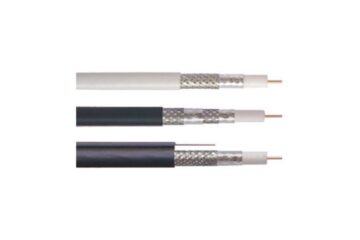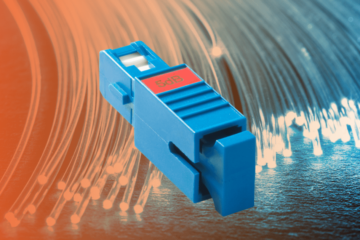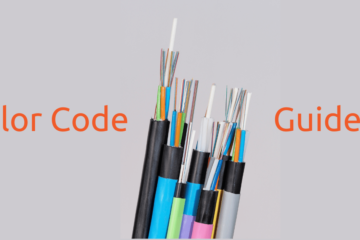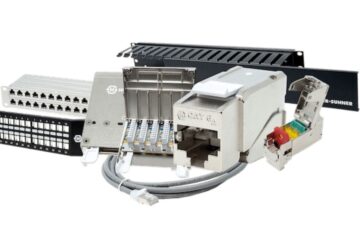
Telecommunications infrastructure forms the backbone of our connected world. Behind the scenes, cabinets and racks house vital equipment, ensuring seamless communication. However, these cabinets can be vulnerable points of access if not properly secured. In this comprehensive guide, we’ll explore the critical importance of securing telecommunications cabinets and racks, focusing on various installation methods and advanced locking mechanisms.
The Vital Role of Cabinets and Racks
In the telecom industry, cabinets and racks serve as the nerve center for critical equipment. They house servers, switches, routers, and other devices necessary for data transmission and network operations. Given their significance, ensuring the security of these cabinets is paramount.
Installation Methods: Ensuring Stability and Physical Security
Proper installation is the foundation of cabinet and rack security. Here, we’ll examine essential installation methods that not only guarantee stability but also enhance physical security:
- Strategic Placement: Cabinets and racks should be positioned in a secure area with restricted access. Ideally, they should be located in a dedicated telecommunications room or data center. This controlled environment helps prevent unauthorized physical access.
- Floor Anchoring: Securely anchoring cabinets to the floor is a fundamental step. High-strength anchors, specifically designed for telecom equipment, prevent unauthorized movement or tampering. Moreover, these anchors should be tamper-resistant to deter theft or unauthorized access attempts.
- Cable Management for Security: Organized cable management within cabinets and racks is essential for both security and efficiency. Tangled or messy cables not only hinder maintenance but also increase the risk of accidental disconnections. Proper cable organization simplifies troubleshooting and reduces the chances of unauthorized tampering.
- Environmental Considerations: Take environmental factors into account during installation. Ensure that cabinets and racks are situated in a climate-controlled environment to protect sensitive equipment from temperature fluctuations, humidity, and dust.

Locking Mechanisms: Enhancing Cabinet and Rack Security
Selecting the right locking mechanism is a critical decision when it comes to safeguarding telecom cabinets and racks. Let’s explore common and advanced locking options:
- Keyed Locks: Traditional keyed locks offer a basic level of security. While they serve as a cost-effective solution, they can be vulnerable to key duplication and may require frequent rekeying to maintain security.
- Combination Locks: Keyless access through combination locks is a convenient option. These locks are suitable for applications with multiple authorized users. However, they require secure code management to prevent unauthorized access.
- Electronic Locks: Electronic locking systems, including keypad and RFID card systems, provide advanced security features. These locks offer audit trails, user access control, and remote monitoring capabilities. Administrators can remotely grant or revoke access, making them an ideal choice for managing complex telecom environments.
- Biometric Locks: For the highest level of security, biometric locks utilize fingerprints or other biometric data for access. These locks are exceptionally challenging to compromise, offering the utmost protection for sensitive equipment. However, they do come at a higher cost.
Remote Monitoring and Management: Enhanced Oversight
Modern telecom infrastructure often incorporates remote monitoring and management capabilities. These features allow administrators to oversee cabinet and rack access and security remotely. Additionally, alarms and alerts can notify personnel of unauthorized access or tampering in real-time. This level of oversight is crucial for maintaining the integrity of the network infrastructure.

Regular Maintenance and Audits: Ensuring Long-Term Security
Securing cabinets and racks is an ongoing effort that requires regular maintenance and audits. Key steps include:
- Lock Inspections: Regularly inspect locks to ensure they function correctly. Lubricate and maintain locks as needed to prevent jamming or malfunctions.
- Access Logs: Monitor access logs to identify unusual or unauthorized entries. Review these logs to track who has accessed the cabinets and when.
- Physical Integrity: Periodically check the physical integrity of cabinets and racks, looking for signs of tampering or damage.
- Access Credential Updates: Update access credentials promptly when personnel changes occur within the organization. This helps prevent unauthorized access.
- Security Audits: Conduct periodic security audits to identify vulnerabilities and areas for improvement. Consider involving external security experts for a fresh perspective on your infrastructure’s security.
Conclusion
In the ever-evolving landscape of the telecom industry, security remains a top priority. Securing telecommunications cabinets and racks is a critical aspect of safeguarding vital equipment. By implementing proper installation methods, selecting appropriate locking mechanisms, and embracing remote monitoring, you can effectively protect your telecom equipment from unauthorized access and potential threats.
Remember, maintaining long-term security requires regular maintenance, access credential updates, and security audits. Your commitment to these practices will ensure that your security measures remain effective and adaptable in the face of evolving threats. If you’re ready to bolster the security of your telecom infrastructure, explore the array of locking mechanisms and installation methods available. The strength of your network is only as secure as the cabinets and racks that house its beating heart.
Related articles: Telecom Cabinets and Racks: Know their Features and Main Characteristics









